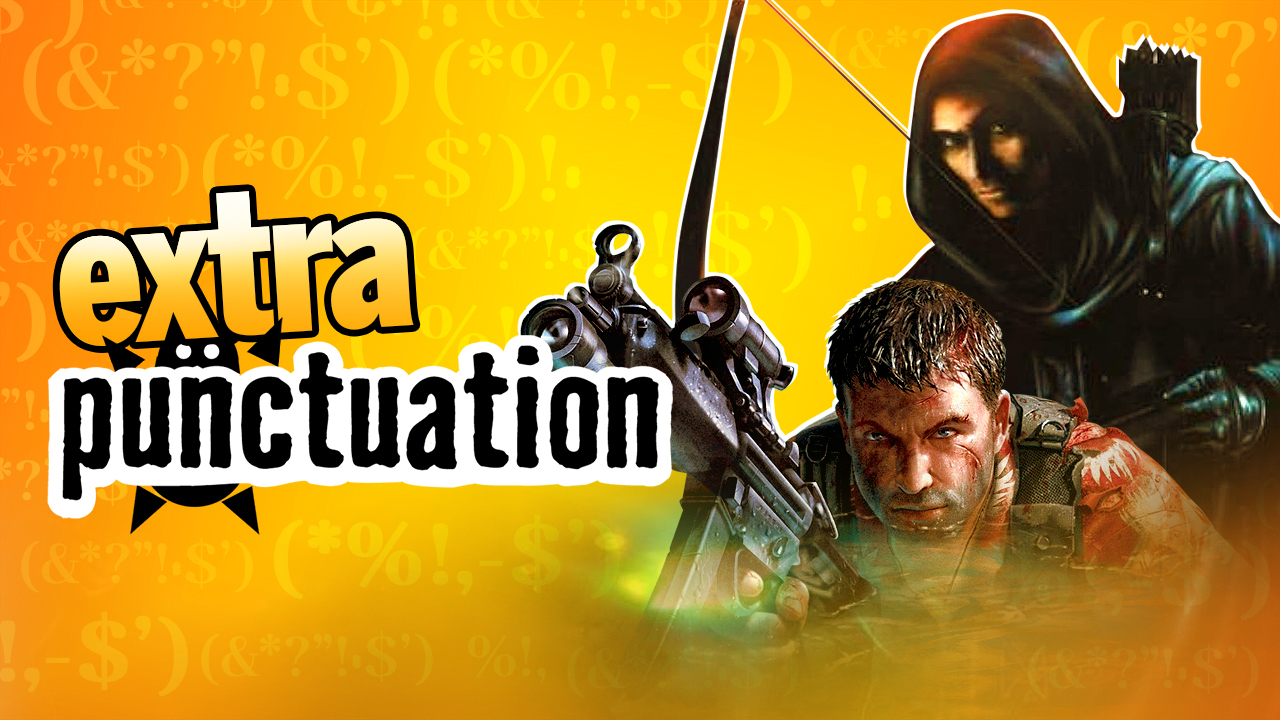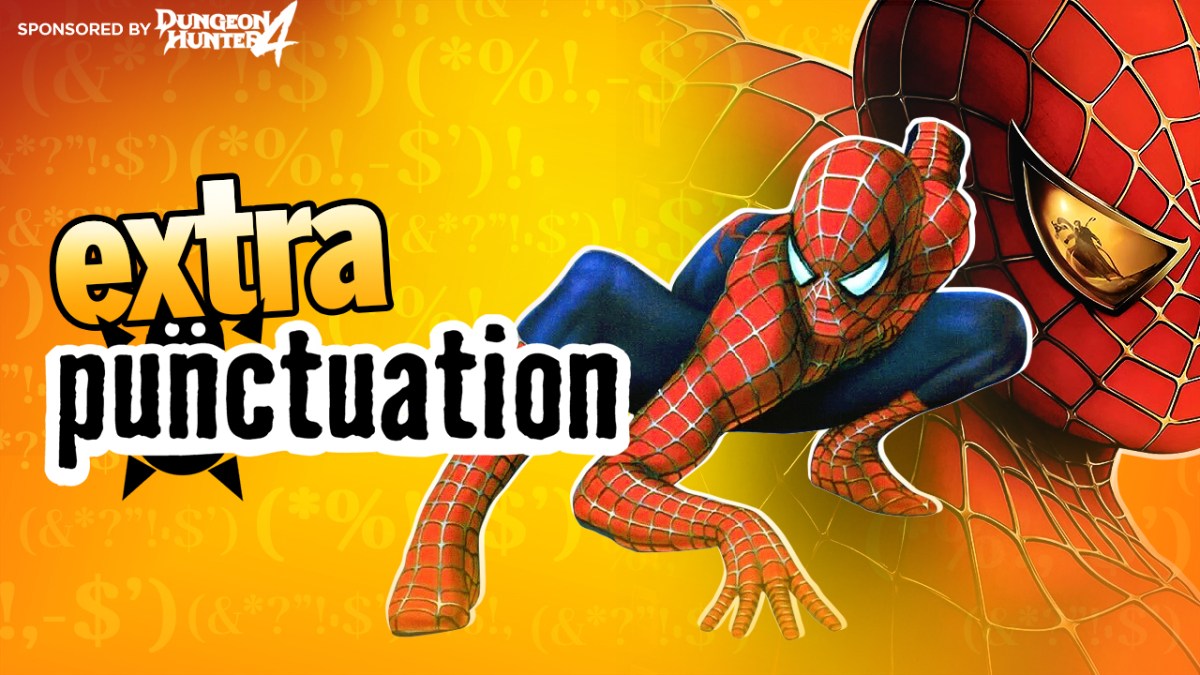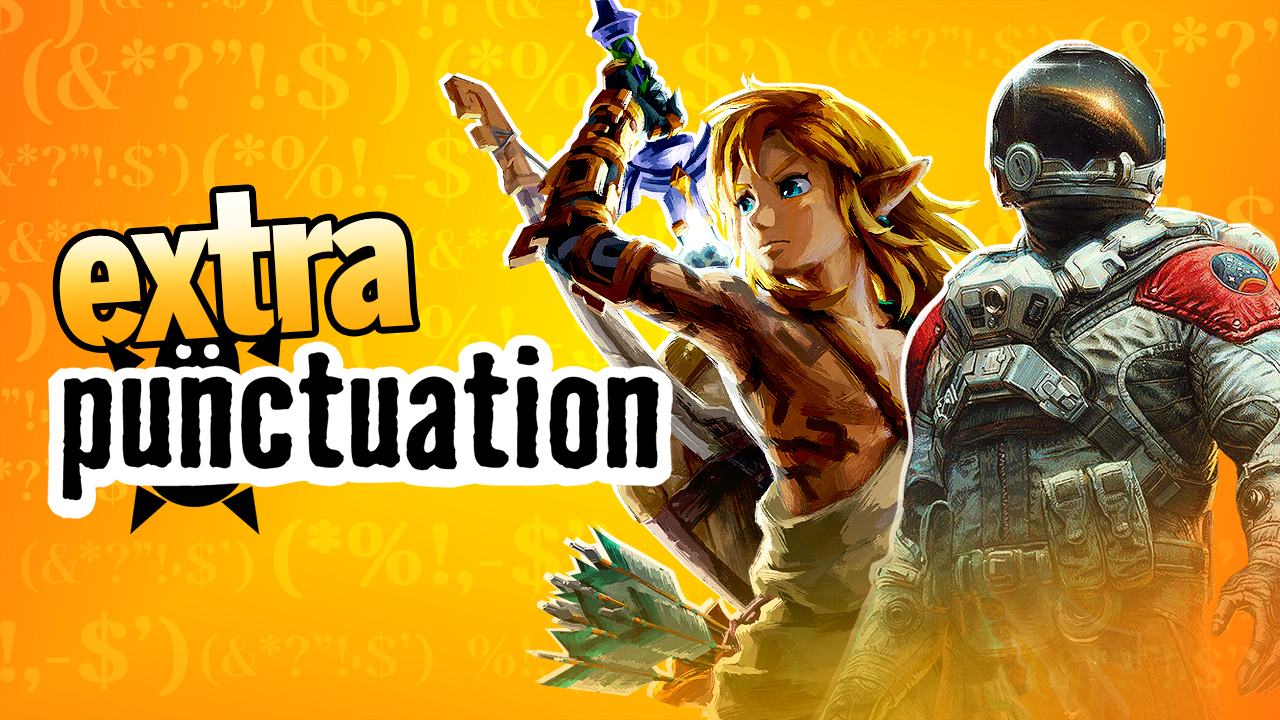
So last week, we discussed the subjectivity of beauty in art. That’s right – we fucking roll high-brow around these parts. But we should be aware by now that all opinion is subjective. It might be possible to draw some kind of objective view on a created work by compiling every review and opinion ever passed upon it, and taking a percentage of positive versus negative reviews (making case-by-case judgment calls with the middle-ground opinions, if you take enough samples it’ll all even out in the end).
So you end up with a conclusion that the artwork is, say, 38% good. But what use is that to someone who did enjoy the work? Are you going to tell them their opinion is wrong? All you can tell them is that more people disagree with them than agree, but majority vote has never decided objective truth, like the majority vote that decided the Liberal National Party were the best people to be running Australia.
I think there’s a lot of critically panned art that can miraculously become acclaimed by leaving it unchanged but transferring it to a different time period or context, or by viewing it from a different mindset. There are innumerable Hollywood films, like Amazing Spider-Man 2 (just to pick an example out of the air), that will do a hell of a lot better in foreign markets thanks to the comfortable padding of cultural distance, and audiences that aren’t yet completely jaded to big flashy spectacle. Indeed, it wasn’t a one hundred percent critically derided film. Even the video game had its supporters, although that might have had more to do with the comfortable padding of brain distance.
In many ways, the issue of subjectivity vs. objectivity in games journalism is one that leaves me fairly torn. Probably because of the video game’s status as a thing of both art and function, function that can easily break down. I try to take the position that my negative opinions shouldn’t bother you if you yourself liked my target of derision, unless you’re lying to yourself and I’m speaking to feelings you try to suppress, neither should your positive opinions bother me. But at the same time, I can’t help but feel that maybe there is such a thing as a wrong opinion.
Because I have a very clear idea of the difference between good art and bad art. Oh, some people will prefer X over Y and even bad art can make for an entertaining evening with some alcohol and a few jolly wags with whom one can riff. But at the end of the day, what side of the quality line a piece of art falls on all comes down to immersion.
Immersion is a word that has been getting a pretty bad reputation on the Internet. Like the humble fedora (which as any man of class can tell you, should never be worn with short trousers), it’s been tainted by association. I’ve often heard the phrase “MY IMMERSION” (capitals necessary) being used to mock neckbeard shut-ins raging at a game’s negative qualities. The unspoken implication often being that they don’t actually have a valid reason for disliking the work and are simply being contrary for the sake of attention or cathartic anger. But immersion is the most vital factor in the experience of a game or any other artistic work, one that all else boils down to, and it is very easily broken.

Consider the following critical phrases. “I got into it.” “It really took me out of the story.” “I wanted to go along for the ride but I just felt left behind”. All of this language describes a piece of art as something that you can enter and apparently ride around in, like a nice hot soapy bath on wheels. If you’re immersed, then you’ve successfully suspended disbelief and your brain is willing to accept that you are looking through a window into a thing that’s actually going on, so that it can get excited and engage with the characters just as it can with reality. But if, at that stage, while watching, say, a television drama, you notice a boom mike drop into the shot, then that immersion is threatened. Suddenly it’s not Lord Carstairs aggressively seducing Dolly the parlor maid and her faithful sheepdog, now it’s just two actors in costume on a sound stage with a very perplexed border collie. Where a bunch of people just outside our field of view are messing around with arcane electronic gear.
And that is the difference between good art and bad art – bad art is art in which you can see the workings, and the intended experience is lost. With the obvious exception of the lead actors, every person involved in a created work is doing their job perfectly well if you never think about them or know that they’re there. If you never see the boom mic, or find yourself thinking that the scene is really poorly lit for the intended mood. If the dialogue never sounds unnatural coming out of the characters’ mouths, and you don’t have a flash vision of a hack scriptwriter cracking open his big book of cliches just to get the scene finished before lunchtime.
What makes video games so interesting to be a critic of, is that they are fighting to create immersion from a place of disadvantage. If a boom mic appears in a film, there’s always the chance that the audience won’t notice and things will swiftly move on, bold as brass. But if there’s a texture missing in a game or a ragdoll is clipping hilariously into another character’s bum, there is nothing to prevent the player from watching it for 15 minutes, calling their friends over to see, and recording a video of it for YouTube. And then no one’s getting immersed. So I know, if I’m able to stay ‘in’ a video game all the way through, then it must be something pretty special.
But you know what also has an automatic disadvantage, in the world of trying to get through the day without the audience noticing your workings? Adaptations. Because adaptations always have to work around the massive pulsating elephant in the room that is the original work being adapted, and it’s doubly hard to get immersed when you’re forced to think about what’s being changed and what isn’t and how it compares. And I should say at this point, just to bring things around to the start, that I’m not saying that this is the sole reason why Amazing Spider-Man 2 was absolute wank. Rather, that Amazing Spider-Man 2 was handed a lemon, and instead of making lemonade, they just wanked all over it a bunch.



